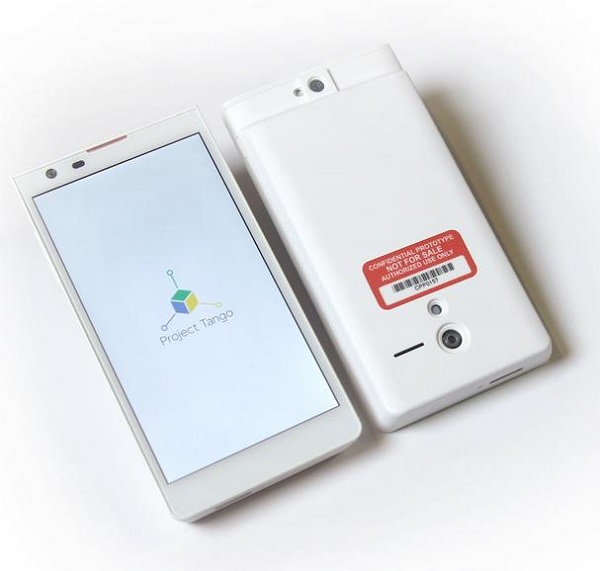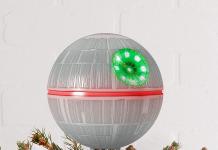Project Aria wasn’t the only reason why Google insisted to keep Motorola Mobility’s employees when handing over this company to Lenovo. At the time, they were also involved in creating Project Tango, a smartphone capable of 3D mapping the physical world.
This revolutionary smartphone has a lot of useful applications, including capturing the dimensions of a house prior to purchasing furniture, mapping buildings to avoid getting lost in them, creating directions to new locations that are more accurate than just street-level. All in all, Project Tango is a great experiment with space and motion, and intends to give mobile devices a human-scale understanding of these notions. It should be noted that unlike Google X projects, which are kept in great secret most of the time, this experimental smartphone is launched with an invitation for software developers to come help Google build it faster.

Johnny Lee, head of the ATAP (Advanced Technology and Projects) team, pointed out that this 3D mapping smartphone is the result of a collective effort: “Over the past year, our team has been working with universities, research labs, and industrial partners spanning nine countries around the world to harvest research from the last decade of work in robotics and computer vision, concentrating that technology into a unique mobile phone. Now, we’re ready to put early prototypes into the hands of developers that can imagine the possibilities and help bring those ideas into reality.”
Project Tango is a 5-inch smartphone that packs custom hardware and software needed for tracking the full 3D motion of the device. More precisely, the prototype phone comes with a 4 MP camera, a motion tracking camera, an integrated depth sensor and two computer vision processors. The entire assemble can easily map the surrounding environment for future use in various contexts. As the sensors collect 250,000 3D measurements every second, accuracy is the least of the problems for this prototype.
At the moment, there are only 200 prototype dev kits that Google is looking to share with professional developers. The future collaborators will make experiments either in indoor navigation or single and multiplayer games that use the surrounding environment. By March 14th, 2014, Google intends to get rid of all the dev kits, so if you happen to have an idea about how the 3D mapping smartphone could be used, don’t hesitate to fill in the form available on the Project Tango page.
Google wanted to stress that while this smartphone runs Android, the 3D mapping technology and the software used for collecting data from the sensors is not yet part of this mobile OS, and it may take a while till it becomes so.
Be social! Follow Walyou on Facebook and Twitter, and read more related stories about the Clover concept phone and the Google-developed Ingress game that helps the search giant take over reality.










